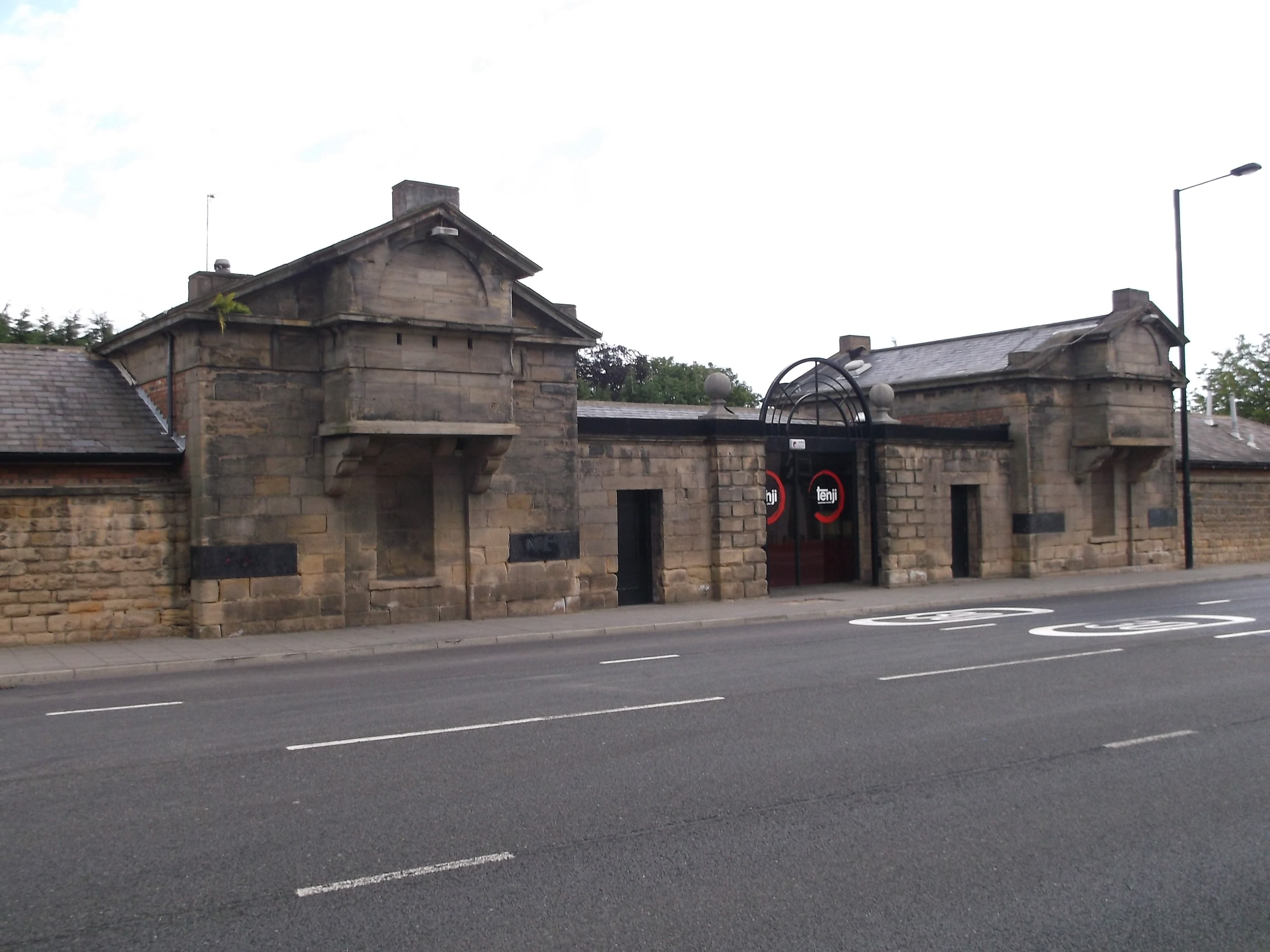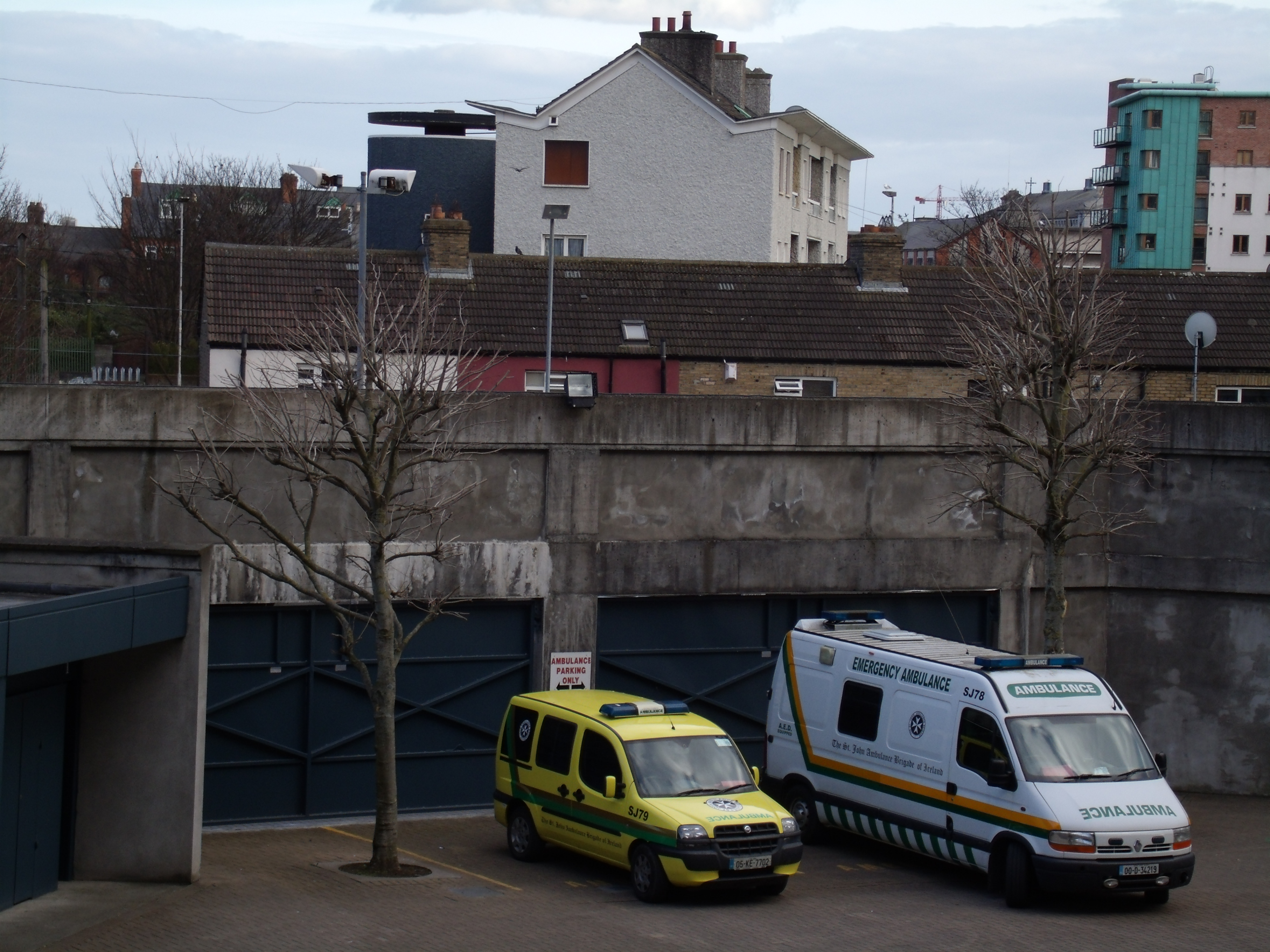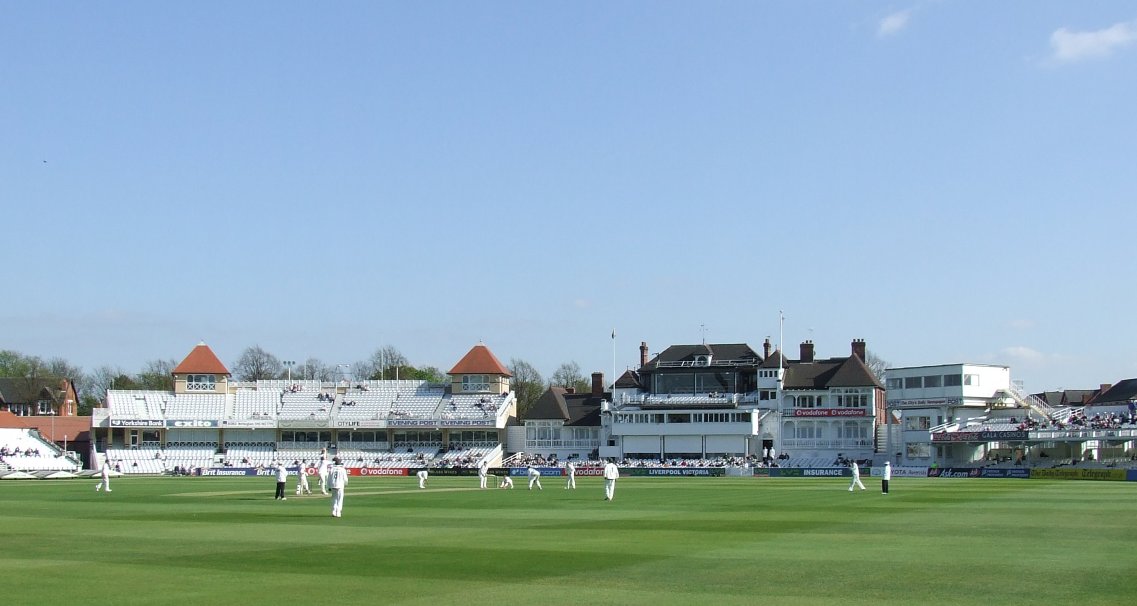|
Charles Packe (cricketer)
Charles William Christopher Packe (2 May 1909 – 1 July 1944) was an English cricketer who played first-class cricket for Leicestershire County Cricket Club, Leicestershire between 1929 and 1934 and captained the team for much of the 1932 season. He was born at Pietermaritzburg, South Africa and died near Caen, France, during the Second World War. He was a career army officer and also played cricket for the British Army cricket team. Cricket career Packe was a right-handed middle-order batsman. Though born in South Africa, his family was settled at Great Glen Hall in Leicestershire and he played for Leicestershire's second eleven in the Minor Counties Championship from 1927. He made his first-class cricket debut in a single match for the county towards the end of the 1929 season, but then did not play again for the next two seasons. In 1932, Leicestershire struggled to find an amateur status in first-class cricket, amateur to captain the team; the 1931 captain, Eddie Dawson wa ... [...More Info...] [...Related Items...] OR: [Wikipedia] [Google] [Baidu] |
Pietermaritzburg
Pietermaritzburg (; Zulu: umGungundlovu) is the capital and second-largest city in the province of KwaZulu-Natal, South Africa. It was founded in 1838 and is currently governed by the Msunduzi Local Municipality. Its Zulu name umGungundlovu is the name used for the district municipality. Pietermaritzburg is popularly called Maritzburg in Afrikaans, English and Zulu alike, and often informally abbreviated to PMB. It is a regionally important industrial hub, producing aluminium, timber and dairy products, as well as the main economic hub of Umgungundlovu District Municipality. The public sector is a major employer in the city due to local, district and provincial governments located here. The city has many schools and tertiary education institutions, including a campus of the University of KwaZulu-Natal. It had a population of 228,549 in 1991; the current population is estimated at over 600,000 residents (including neighbouring townships) and has one of the largest populatio ... [...More Info...] [...Related Items...] OR: [Wikipedia] [Google] [Baidu] |
Eddie Dawson
Edward William Dawson (13 February 1904 – 4 June 1979) was an English cricketer who played in five Test matches between 1928 and 1930. A batsman whose studious technique made use of his talent, Dawson excelled as a schoolboy for Eton College, scoring 159 in the traditional fixture against Harrow. He went up to Magdalene College, Cambridge, and earned his blue as a freshman, captaining the university in 1927. Dawson played his county cricket for Leicestershire, captaining the county for four seasons: 1928, 1929, 1931 and 1933. He toured with England to South Africa in 1927–28 and New Zealand in 1929–30. He made 55 in his last Test, at Auckland, opening the innings with Ted Bowley. He scored 12,598 first-class runs with 14 centuries, the highest being a knock of 146 against Gloucestershire. His swansong was a chanceless 91 against the Australians in 1934. As a member of the Coldstream Guards during World War II, Dawson's duties included guarding Rudolf Hess in Susse ... [...More Info...] [...Related Items...] OR: [Wikipedia] [Google] [Baidu] |
Northern Command (United Kingdom)
Northern Command was a Home Command of the British Army from 1793-1889 and 1905–1972. Nineteenth century Great Britain was divided into military districts on the outbreak of war with France in 1793. The formation in the North, which included Northumberland, Cumberland, Westmorland and Durham, was originally based at Fenham Barracks in Newcastle upon Tyne until other districts were merged in after the Napoleonic Wars. In 1840 Northern Command was held by Major-General Sir Charles James Napier, appointed in 1838. During his time the troops stationed within Northern Command were frequently deployed in support of the civil authorities during the Chartist unrest in the northern industrial cities. Napier was succeeded in 1841 by Major-General Sir William Gomm, when the command included the counties of Northumberland, Cumberland, Westmorland, Durham, Yorkshire, Cheshire, Derbyshire, Lancashire, Nottinghamshire, Flintshire, Denbighshire and the Isle of Man, with HQ at Manchest ... [...More Info...] [...Related Items...] OR: [Wikipedia] [Google] [Baidu] |
Royal Fusiliers
The Royal Fusiliers (City of London Regiment) was a line infantry regiment of the British Army in continuous existence for 283 years. It was known as the 7th Regiment of Foot until the Childers Reforms of 1881. The regiment served in many wars and conflicts throughout its long existence, including the Second Boer War, the First World War and the Second World War. In 1968, the regiment was amalgamated with the other regiments of the Fusilier Brigade – the Royal Northumberland Fusiliers, the Royal Warwickshire Fusiliers and the Lancashire Fusiliers – to form a new large regiment, the Royal Regiment of Fusiliers. The Royal Fusiliers War Memorial, a monument dedicated to the almost 22,000 Royal Fusiliers who died during the First World War, stands on Holborn in the City of London. History Formation It was formed as a fusilier regiment in 1685 by George Legge, 1st Baron Dartmouth, from two companies of the Tower of London guard, and was originally called the Ordnance Regiment ... [...More Info...] [...Related Items...] OR: [Wikipedia] [Google] [Baidu] |
Cadet Officer
St John Ambulance Ireland (SJAI), previously known as the St John Ambulance Brigade of Ireland, is a charitable voluntary organisation in Ireland. For constitutional reasons it is not a full member association of the Venerable Order of Saint John and the international St. John Ambulance movement, but rather is classed as an "associated body". The organisation is dedicated to the teaching and practice of medical first aid. It is engaged in first aid training to the public, providing first aid and ambulance cover at public events, patient transport and community services. History The St John Ambulance Association was established in the United Kingdom in 1877 as a foundation of the Order of St John, tasked with training the police, workers and members of the public in first aid. A centre for this purpose was established in Dublin around 1881, with a further centre being opened in Belfast in 1886. The following year saw the establishment of the St John Ambulance Brigade (a spin-o ... [...More Info...] [...Related Items...] OR: [Wikipedia] [Google] [Baidu] |
Royal Military College, Sandhurst
The Royal Military College (RMC), founded in 1801 and established in 1802 at Great Marlow and High Wycombe in Buckinghamshire, England, but moved in October 1812 to Sandhurst, Berkshire, was a British Army military academy for training infantry and cavalry officers of the British and Indian Armies. The RMC was reorganised at the outbreak of the Second World War, but some of its units remained operational at Sandhurst and Aldershot. In 1947, the Royal Military College was merged with the Royal Military Academy, Woolwich, to form the present-day all-purpose Royal Military Academy Sandhurst. History Pre-dating the college, the Royal Military Academy, Woolwich, had been established in 1741 to train artillery and engineer officers, but there was no such provision for training infantry and cavalry officers. The Royal Military College was conceived by Colonel John Le Marchant, whose scheme for establishing schools for the military instruction of officers at High Wycombe and Great M ... [...More Info...] [...Related Items...] OR: [Wikipedia] [Google] [Baidu] |
London Gazette
London is the capital and List of urban areas in the United Kingdom, largest city of England and the United Kingdom, with a population of just under 9 million. It stands on the River Thames in south-east England at the head of a estuary down to the North Sea, and has been a major settlement for two millennia. The City of London, its ancient core and financial centre, was founded by the Roman Empire, Romans as ''Londinium'' and retains its medieval boundaries.See also: Independent city#National capitals, Independent city § National capitals The City of Westminster, to the west of the City of London, has for centuries hosted the national Government of the United Kingdom, government and Parliament of the United Kingdom, parliament. Since the 19th century, the name "London" has also referred to the metropolis around this core, historically split between the Counties of England, counties of Middlesex, Essex, Surrey, Kent, and Hertfordshire, which largely comprises Greater London ... [...More Info...] [...Related Items...] OR: [Wikipedia] [Google] [Baidu] |
Don Bradman
Sir Donald George Bradman, (27 August 1908 – 25 February 2001), nicknamed "The Don", was an Australian international cricketer, widely acknowledged as the greatest batsman of all time. Bradman's career Test batting average of 99.94 has been cited as the greatest achievement by any sportsman in any major sport. The story that the young Bradman practised alone with a cricket stump and a golf ball is part of Australian folklore. His meteoric rise from bush cricket to the Australian Test team took just over two years. Before his 22nd birthday, he had set many records for top scoring, some of which still stand, and became Australia's sporting idol at the height of the Great Depression. During a 20-year playing career, Bradman consistently scored at a level that made him, in the words of former Australia captain Bill Woodfull, "worth three batsmen to Australia". A controversial set of tactics, known as Bodyline, was specially devised by the England team to curb his scoring. As ... [...More Info...] [...Related Items...] OR: [Wikipedia] [Google] [Baidu] |
South American Cricket Team In England In 1932
A cricket team from South America toured Great Britain, England, Scotland and Wales in the 1932 English cricket season, 1932 season. The team played six first-class cricket, first-class matches and 12 other games. A seventh first-class match with Worcestershire County Cricket Club, Worcestershire was abandoned without a ball being bowled. This tour was the only occasion on which the South Americans played first-class cricket as a team representing the whole continent, though individual members of the side played for their countries in matches against touring teams from England that were designated as first-class. Touring team The team was captained by Clement Gibson, who had played first-class cricket in England for Cambridge University Cricket Club, Cambridge University, Marylebone Cricket Club, MCC and Sussex County Cricket Club, Sussex. The full team was: * Clement Gibson (c) * Cyril Ayling * Dennet Ayling * George Ferguson (cricketer), George Ferguson * Arthur Grass * A ... [...More Info...] [...Related Items...] OR: [Wikipedia] [Google] [Baidu] |
Bill Voce
Bill Voce (8 August 1909 – 6 June 1984) was an English cricketer who played for Nottinghamshire and England. As a fast bowler, he was an instrumental part of England's infamous Bodyline strategy in their tour of Australia in 1932–1933 under Douglas Jardine. He was born at Annesley Woodhouse, near Kirkby-in-Ashfield, Nottinghamshire. He died at Lenton, Nottingham. Early career Voce came from a working-class background in the coal mining districts around Nottingham. In the late 1920s he was living in Hucknall, a colliery town. He walked from Hucknall to Trent Bridge in the hope of a trial and his natural talent was quickly recognised. In Voce's "Daily Telegraph" obituary, the writer E. W. Swanton recalled his "long, loose arm and natural flowing action". Bowling over the wicket, Voce could perform both the inswinger and the outswinger. Depending on the pitch conditions, he could switch from pace to slow-medium spin. Voce made his first-class debut for Nottinghamshire agains ... [...More Info...] [...Related Items...] OR: [Wikipedia] [Google] [Baidu] |
Harold Larwood
Harold Larwood, MBE (14 November 1904 – 22 July 1995) was a professional cricketer for Nottinghamshire County Cricket Club and the England cricket team between 1924 and 1938. A right-arm fast bowler who combined unusual speed with great accuracy, he was considered by many commentators to be the finest and the fastest fast bowler of his generation and one of the fastest bowlers of all time. He was the main exponent of the bowling style known as "bodyline", the use of which during the Marylebone Cricket Club (MCC) tour of Australia in 1932–33 caused a furore that brought about a premature and acrimonious end to his international career. A coal miner's son who began working in the mines at the age of 14, Larwood was recommended to Nottinghamshire on the basis of his performances in club cricket, and rapidly acquired a place among the country's leading bowlers. He made his Test debut in 1926, in only his second season in first-class cricket, and was a member of the 1928– ... [...More Info...] [...Related Items...] OR: [Wikipedia] [Google] [Baidu] |
Trent Bridge
Trent Bridge Cricket Ground is a cricket ground mostly used for Test, One-Day International and county cricket located in West Bridgford, Nottinghamshire, England, just across the River Trent from the city of Nottingham. Trent Bridge is also the headquarters of Nottinghamshire County Cricket Club. As well as international cricket and Nottinghamshire's home games, the ground has hosted the Finals Day of the Twenty20 Cup twice and will host the final of the One-Day Cup between 2020 and 2024. In 2009, the ground was used for the ICC World Twenty20 and hosted the semi-final between South Africa and Pakistan. The site takes its name from the nearby main bridge over the Trent and it is also close to Meadow Lane and the City Ground, the football stadiums of Notts County and Nottingham Forest. History Trent Bridge was first used as a cricket ground in the 1830s. The first recorded cricket match was held on an area of ground behind the Trent Bridge Inn in 1838. Trent Bridge hosted ... [...More Info...] [...Related Items...] OR: [Wikipedia] [Google] [Baidu] |






